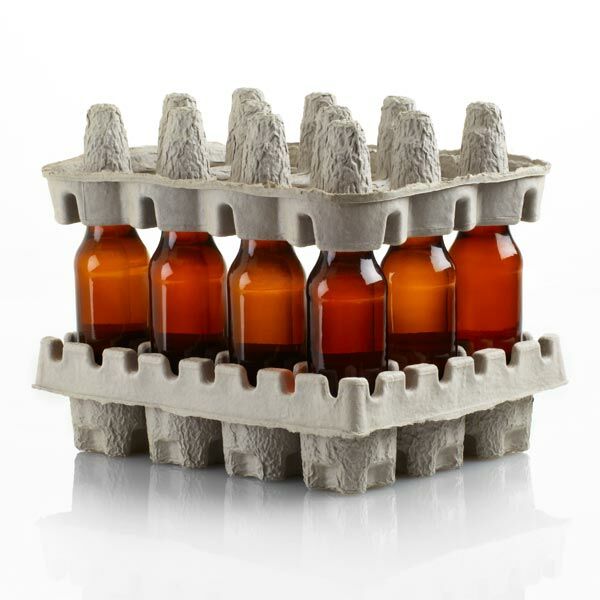Sustainable Packaging for Shipping Beverages

In this new dawn of eco-conservation, beverage companies are taking the initiative of regulating or recycling the volume of waste they produce. Many of them are adopting sustainable packaging in their production and shipping cycles. It’s an excellent move to see industry leaders taking part in this revolution!
Both distilleries and wineries have combined efforts in support of environmental protection. When it comes to sustainable technology and practices, more can be done beyond the conventional sustainable packaging methods.There are new ways to “go green.”
Bottles:
For the longest time, glass bottles have been the primary method used by vintners for wine packaging. Recently, wine sellers adopted some unique incentives. This is not only to save money, but also the environment. Taken further, glass can be channeled into the recycling cycle seamlessly.
- Light, Slim Bottles:
In a bid to reduce their carbon footprint, many bottle vendors opt to offer an “eco” variety of popular molds that feature a lightweight build. Since these bottles have a reduced footprint, they require less raw materials and energy to produce, and the benefits trickle down to shipping. Lighter bottles need less fuel to ship. Their reduced size makes it possible to increase your inventory shipped per truckload – starting from the distiller to the retailer. You also stand to save more because of reduced shipping fees to consumers.
- PET Bottles:
While plastic or PET bottles are not as popular, they can also be used for shipping wines and spirits, soft drinks, juices, and water. Apart from being incredibly lightweight, these bottles can go into places where glass bottles usually are barred, such as concerts, sporting events, beaches, etc. However, plastic and PET bottles instantly seem smaller than glass bottles to the distaste of some consumers.
Pouches, Tetra Paks and Bag-in-Box:
Many producers are shipping their beverages in bag-in-boxes, Tetra Paks, or stand-up pouches. These are great alternatives for pre-mixed cocktails or wines. Their compactness and slimmer build mean that they rank best when it comes to shipping and recycling. Bag-in-box and stand-up pouches typically come in larger forms, ranging from 1.5L or 3L, and are bang for the buck when shelf life is paramount.
Sustainable Packaging for Closures:
Even though screw caps and non-traditional closures don’t see as much social stigma as they used to, the most eco-friendly closure for wine bottles is the natural cork.
Here’s Why:
- Cork forests native to Portugal and Spain are home to a wide range of endangered species. They are the driving force behind the thousands of species in the Mediterranean ecosystem.
- Cork is entirely degradable and recyclable. Even though most cork remains unrecycled by consumers, many retailers do have recycling stations in their stores.
- Screw caps are used in order to eliminate the redundancy caused by the cork and capsule closure. Also, they are easier to open and seal even when you have no corkscrew.
The only downside – artificial corks and screw caps use more energy and fossil fuel to produce. The benefits are a drop in the ocean when compared to the toxic by-products produced in the manufacture of plastic liners.
Printing:
When it comes to printing cartons and labels, most printers rely on eco-friendly technologies. There are plant-based inks, sustainable packaging, and various sticker designs from biodegradable materials.
A bonus to your eco-conscious choices:
If what you are looking to attain in your brand is sustainability, your business should reflect sustainability both in manufacturing and shipping in order to be authentic.
Even though sustainable packaging is in its infancy, there are many grey areas to iron out before more vendors and consumers join the eco-conservation bandwagon. Until then, consumers should be further educated on the pros and cons of sustainable packaging.
